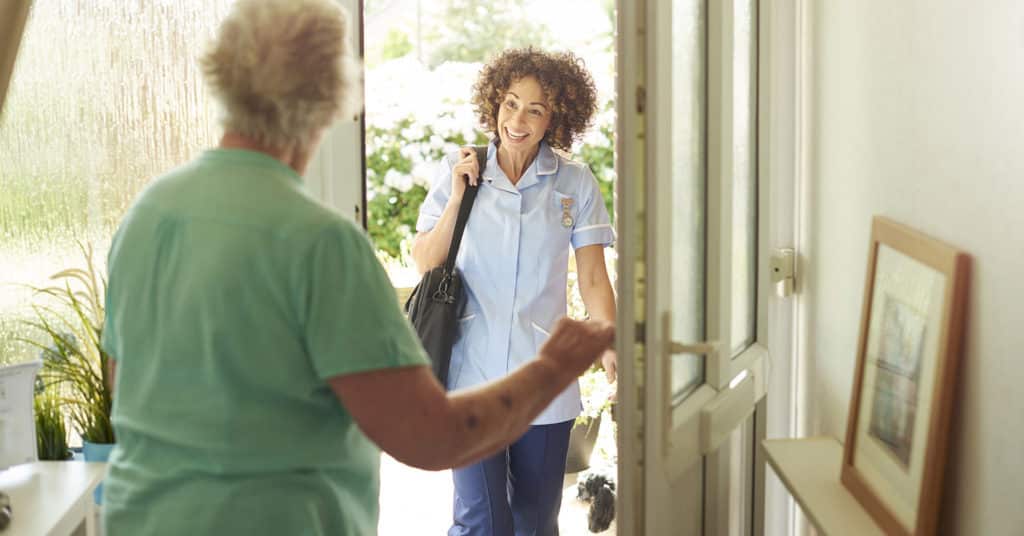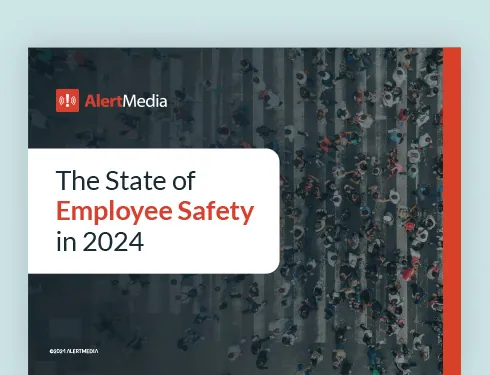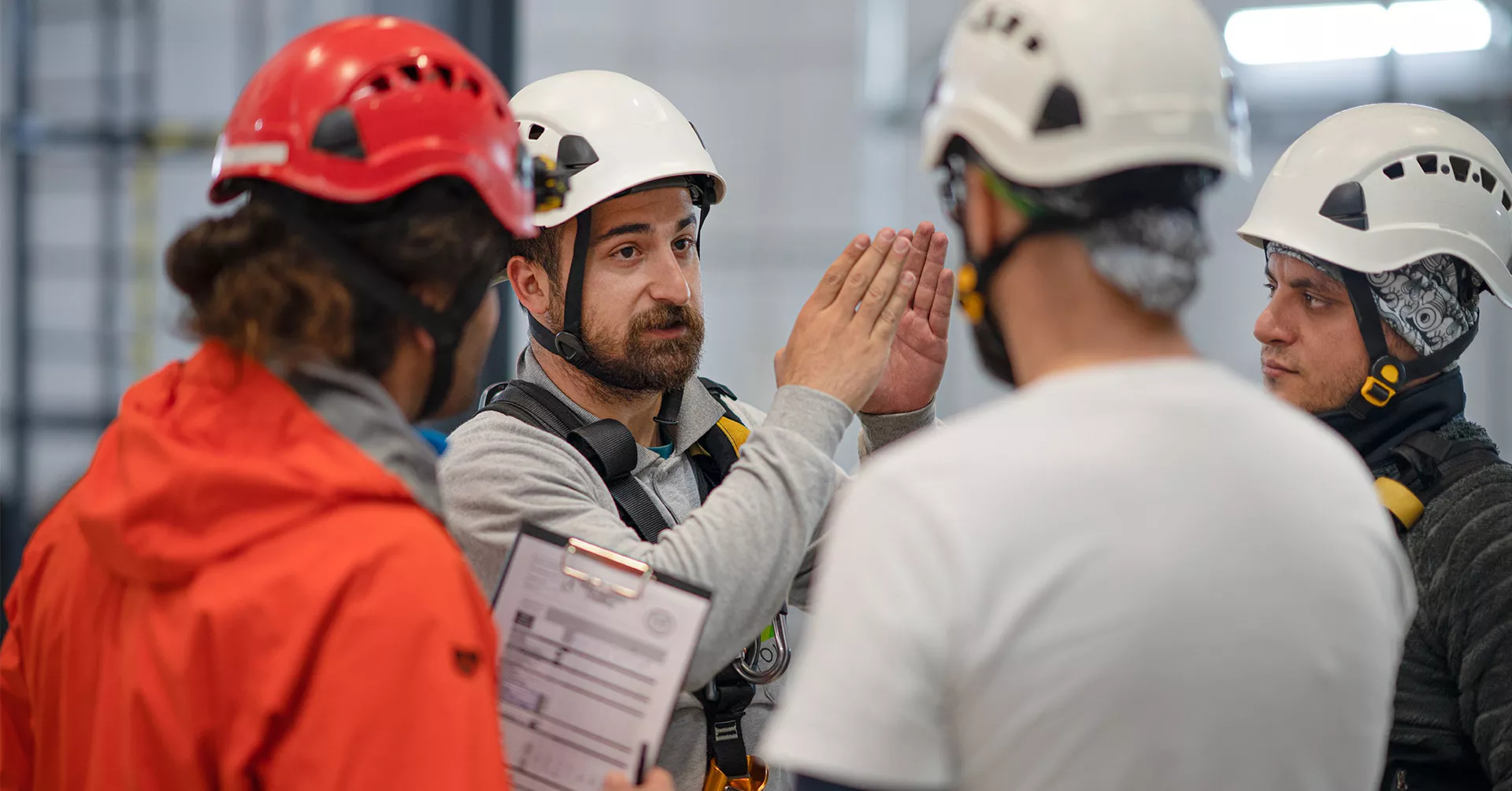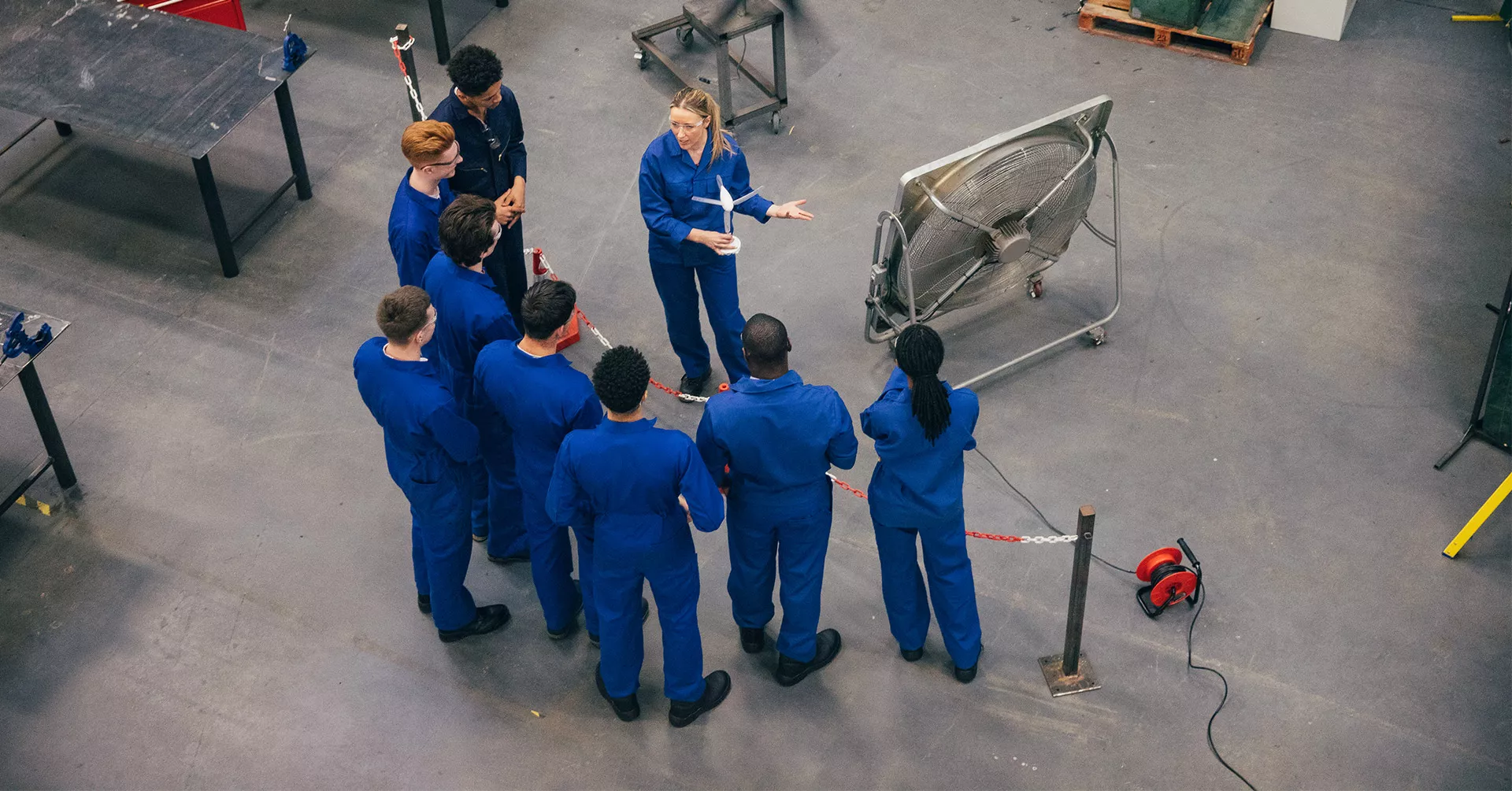
Protecting Your Lone Workers During a Pandemic
For most lone workers, working remotely is not an option. Learn how you can keep your lone workers and those they work with safe during a pandemic.

The coronavirus pandemic has turned day-to-day American life on its head. Work-from-home is the new normal, but some occupations make working remotely impossible. For these employees, it’s crucial that they and their employers take the necessary steps to protect them from contracting and spreading the deadly COVID-19 virus.\
Lone workers—those whose jobs require them to work alone, often at client homes—are in an especially difficult situation. Home healthcare nurses, social workers, service technicians, and onsite maintenance staff are at a greater risk of getting infected and possibly infecting others through the nature of their work. Yet, for the same reason, working remotely is not an option. These workers are often fulfilling a role that is deemed essential by the government and thus they are still going out into the community to serve others.
In this post, we will discuss how you can keep your lone workers and those they work with safe during a pandemic. By taking the five steps below, you can minimize the risk that your lone workers contract or spread COVID-19.
Know When to Stay Home
For many lone workers, choosing to stay home from work indefinitely simply isn’t an option. Home healthcare nurses, for example, cannot just stop treating their patients. Hospitals are already taking steps to increase capacity and stock up on necessary treatment equipment (like ventilators and face masks)—but models of the virus’s spread predict that hospitals across the country will not have the capacity to deal with the surge of patients.
Moving patients who had been receiving home care to hospitals or nursing facilities (which contain some of the highest-risk members of the population) is simply not an option. Continuing to give them care at home is likely the only real option.
On the positive side, these patients receiving care at home are unlikely to contract the disease themselves—since they likely have a very high level of social distancing built into their life already. The majority of patients receiving care are 75 or older.
This means that home healthcare workers caring for these patients are at a lower risk of contracting the disease from their patients than if they were treating younger patients who, on average, practice less social distancing. Because elderly people are more at-risk if they do contract the disease, though, it is critical that home healthcare workers do not spread the disease to their patients.
For this reason, it’s important that all lone workers know when to stay home. Here is the basic rule that you should communicate: if you are experiencing any symptoms, stay home.
This means if your employees have any kind of fever, coughing, or shortness of breath—then they should not leave their house unless to get tested for the virus.
The other categories of employees that should stay home are those who are high risk or have possible exposure. This includes your employees who are elderly, immunocompromised, have traveled internationally recently, or have a family member who has tested positive. The CDC says people who are asymptomatic—even if infected—are still able to spread the disease.
It is critical that your employees know when to stay home. If you have lone workers in your organization, communicate this message loud and clear. The best way to make sure this message gets to them is by sending it over multiple channels, like email and SMS.
Properly Equip Your Lone Workers
One other way to minimize the risk of spreading the disease between your lone workers and the people they come into contact with is by equipping them properly. This will look slightly different depending on the nature of the work, but here are some fairly universal precautions you should take.
For home healthcare workers especially, the nature of the job requires close contact between the nurse and the patient. For a nurse working with multiple patients, especially those who might be sick, a face mask is a requirement that can prevent them from infecting their patients with COVID-19 or some other disease.
You should also make sure that all your lone workers are carrying hand sanitizer with them and using it frequently. Even if they do not come into direct contact with other people very often (like service technicians), sanitizing their hands will minimize the risk that they become sick because of contact with an infected surface. Current evidence suggests that COVID-19 can remain viable for days on surfaces.
Finally, you should equip your lone workers with a lone worker safety app that provides a direct connection to law enforcement, like AlertMedia’s employee safety monitoring solution. Protecting vulnerable staff members has always been a tall task for organizations with lone workers, especially social workers. The COVID-19 pandemic adds another layer of complexity to this already complicated situation. Recently, “coronavirus hate crimes”—violence towards Asian-Americans or people wearing surgical masks—have been on the rise.
The best way to make sure your lone workers don’t fall victim to these types of violence is to give them a direct connection to law enforcement. AlertMedia’s lone worker safety app is an easy-to-use, hands-free solution that allows the user to signal for help by pressing a panic button or by using a timed monitoring session. When the panic button is pressed or the timer expires, an alarm is triggered and AlertMedia’s Monitoring Team immediately receives the signal. We’ll dispatch law enforcement to the user’s exact location or follow the steps outlined in your emergency action plan.
Abide by Local, State, and Federal Guidelines
Unlike most other critical events, pandemics last for months, not days. We have learned, though, that the coronavirus pandemic is still a rapidly evolving situation. Every day, federal, state, and local officials take new measures to protect their communities.
You need to stay up-to-date on the latest government guidelines that are relevant to your organization. Plus, you need to keep employees informed about how their job is impacted by restrictions and mandates where they live or work.
Unfortunately, there is no one place to go to see all the guidelines that apply to a particular organization. While the federal guidelines are released on whitehouse.gov and through the CDC website, individual states and local governments all have their own ways of reporting guidelines.
The best way to aggregate guidelines from these various sources is by implementing a threat monitoring system. A system like this will pull in the latest threat guidelines from federal, state, and local governments and only show you the ones that are relevant to your organization—based on where your employees are located. If guidelines change, you’ll be notified.
Limit At-Home Visits as Much as Possible
While many lone workers have no choice but to continue to provide in-person service, find ways to minimize the number of at-home visits they need to make.
One way to do this is to replace in-person visits with virtual visits whenever possible. Obviously, for some needs, this isn’t possible. But using a video conferencing app can accomplish many of the same goals as an in-person visit—especially if the purpose is informational or diagnostic. For non-essential services, like home electronics servicing, virtual visits may make sense as a short-term substitute for all in-person visits.
Another way to limit at-home visits is by doing more during each visit. This will look different depending on the industry, but ask yourself the question: is it possible to accomplish during this visit what I was going to accomplish during my next visit? If so, plan ahead and opt for longer visits over multiple visits whenever possible.
Finally, consider changing the way you perform service visits. If the goal of the visit can be accomplished outside, stay outside. If it is possible to keep a safe distance of six-feet away from people in the house, keep a safe distance. And of course, avoid unnecessary contact, like shaking hands, completely.
The COVID-19 pandemic is a stressful time for all Americans but especially those who have to continue to leave their houses and perform their jobs alone. By taking protective measures, you will give your lone workers peace of mind and minimize the risk of them contracting and spreading the disease.




